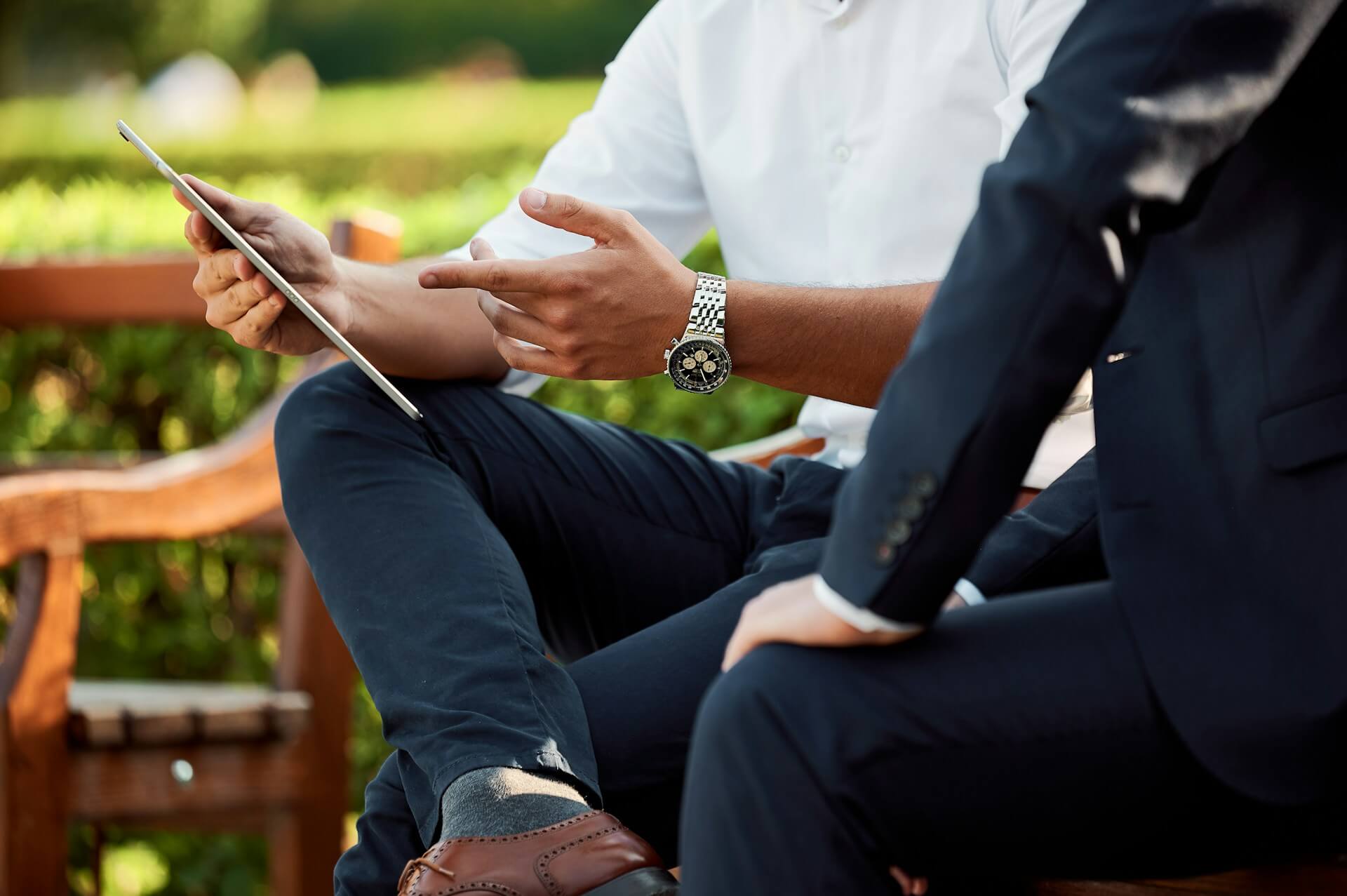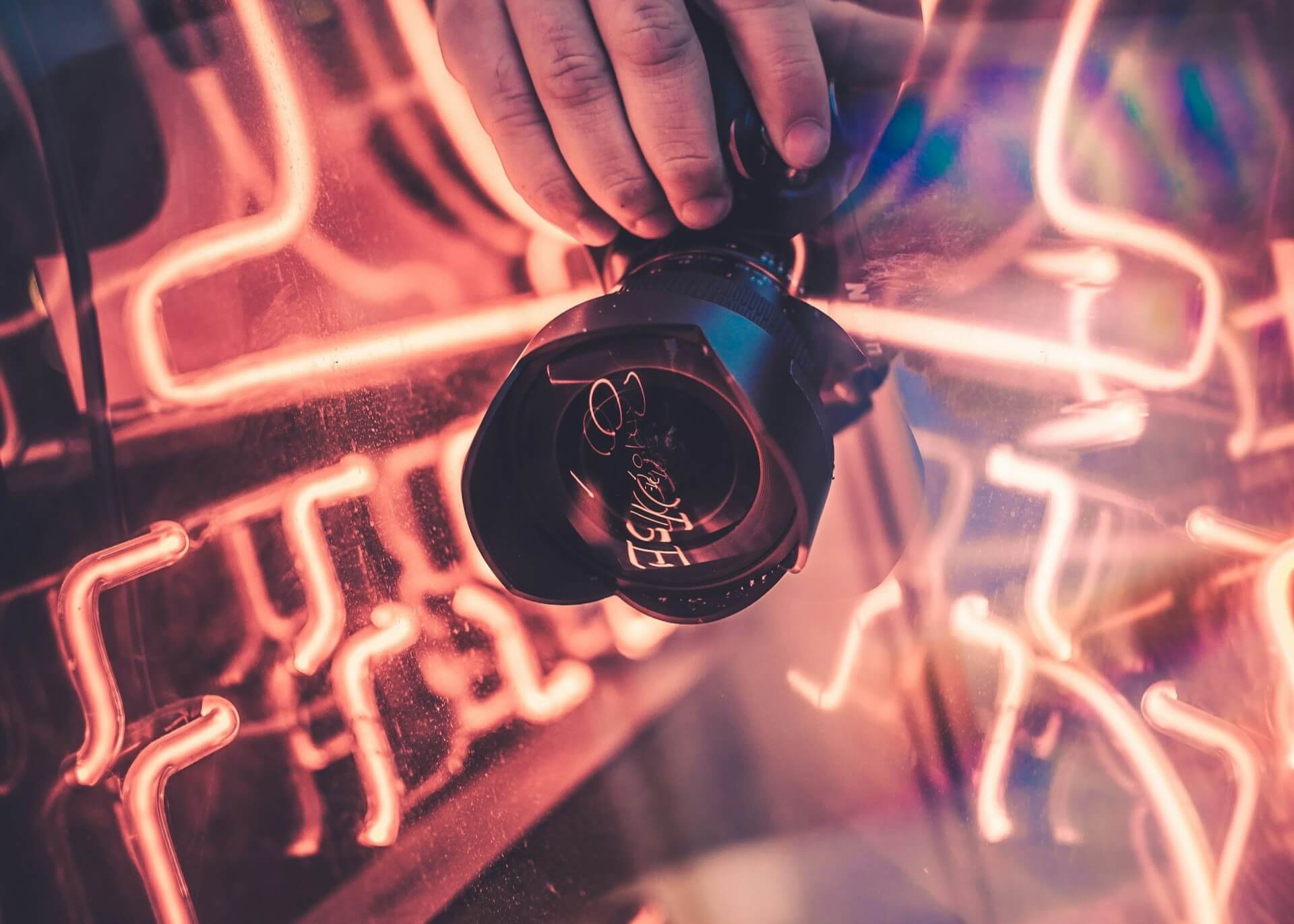Someone to Rely On: Accountability Partners

To share or not to share, that is the question. More specifically, should you share your goals with others or should you keep them top secret?
I find there are three different groups of people when it comes to goal setting. There are the people who like to shout their goals from the mountaintop for everyone to hear. Then there are those who share with just a few select people. And, of course, the people who keep their goals entirely to themselves.
Is one approach better than another? The answer to that question depends on who you are telling your goals to, if anyone.
Be Strategic
You need to be strategic with whom you share your goals. Before you tell someone an intended goal you need to consider if sharing with them will affect your chances of reaching it.
There has been quite a lot of research recently on goal setting. One of these studies was done by NYU psychologist Peter Gollwitzer, and it included four tests.
In these tests subjects wrote down their goals, and then worked on them for up to 45 minutes. They were allowed to stop working on their goal at any time. Half of the test subjects kept the goals they had written down to themselves; the other half announced them out loud to the group.
Here’s the interesting thing: Those who had kept their goals to themselves spent the entire 45 minutes working on their goal, and still felt they had a ways to go before reaching it. The study participants who announced their goals to the group averaged only 33 minutes of working on their goal, and felt that they were close to completing it. So, they didn’t feel the need to continue working on it.
Essentially, they gave up on it.
Be Cautious
What does all this suggest? Well, due to how our brains work, sharing our goals gives us the same psychological satisfaction as actually achieving them. Therefore, we don’t do the same amount of hard work to reach them.
Hearing a lot of personal praise from others when we share a goal gives us that hit of satisfaction, making the process of achieving it less necessary. On the opposite end, hearing disapproval of our goals may make us doubt ourselves, and give up before even getting started.
So, should you keep your goals top secret? While research is still being done on this topic, it appears that sharing your goals with carefully selected individuals and reporting on your progress with them can actually aid you in achieving your goals.
You need an accountability partner.
Be Selective
When seeking an accountability partner you want to choose someone who embodies three main traits. They need to be impartial, honest, and positive.
An impartial accountability partner is not personally invested in whether or not you reach your goal. They come from a neutral space, and while they are rooting for you to succeed, there’s nothing in it for them either way.
They are able to provide unbiased observations, and offer a very helpful outsider perspective that often allows for greater clarity.
Friends can serve in this role if they don’t have a personal stake in whether you reach your goal. They would like you to because they want to see you succeed, but there’s nothing in it for them, no matter the outcome.
If your goal is to open a new restaurant, your spouse, as supportive and amazing as they are, may not be the best accountability partner. This is because the outcome of you achieving or not achieving this goal is going to have implications on their own life as well.
An honest accountability partner can be relied on to tell you the truth, and to ask the questions needed for you to be honest with yourself. They don’t tell you what you want to hear; they tell you what you need to hear.
In order to reach goals you need someone who will spark light on reality, someone who will point out what you are doing well, and what you may not be doing competently. They are honest in a helpful way, never in a degrading way. I don’t believe in being brutally honest; we should all be honest while remaining respectful of others.
Be Mindful
Lastly, the best accountability partners have a positive mindset. They will help you seek ways in which you can improve and grow.
A great accountability partner will cheer on your successes, and help you create action plans when reaching your goals becomes challenging. An accountability partner is there to help you thrive, not bring you down.
Effective accountability partners can be difficult to find. This is one reason why the coaching industry has taken off like it has. A good life coach becomes an accountability partner, a sounding board, and creates space for self-discovery and planning.
Unless you are organized, resilient, and dedicated to taking action, you may want to share your goals with an accountability partner who can help you stay focused and motivated along the way.
As for the social media blasts sharing your newest goals…maybe hold off on those until you have reached the goal. As good as it may feel to share with everyone, you may actually be doing more harm than good.
Cheers to personal and professional growth!
Image: Medienstürmer on Unsplash

Book Below to Setup a 30-Minute Complimentary Discovery Call and Request for Proposal.


